The internet has been home to countless memes over the years, with some of the earliest becoming iconic symbols of online culture. These memes, often humorous and absurd, captured the imagination of users in the early days of the web and spread rapidly through forums, emails, and early social media platforms. Many of them originated from simple images, videos, or phrases, but their impact has lasted for decades, influencing the way we communicate and joke online. From dancing babies to sarcastic owls, these early internet memes helped shape the digital world we know today. Here are 16 of the oldest and most influential memes that laid the foundation for modern internet humor.
All Your Base Are Belong to Us (1998)
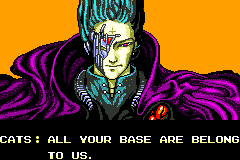
This meme originated from a poor translation in the 1989 Japanese video game Zero Wing and became famous when internet users rediscovered it in the late 1990s. The phrase “All your base are belong to us” became an inside joke about bad translations and nonsensical English, especially from Japanese video games. An animated music video was made in 2000 that showcased the phrase with various pop culture references, spreading it rapidly across forums and gaming communities. The meme was one of the first examples of an in-joke that only certain internet-savvy people understood, which gave it a sense of exclusivity. By 2001, it had become a worldwide meme, appearing on websites, T-shirts, and even in public protests. Its roots in video gaming made it iconic among early internet users. Though its prominence has faded, it’s still remembered as a pioneer in meme culture.
Hampster Dance (1998)
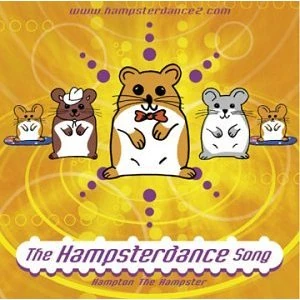
The Hampster Dance is a whimsical meme that began as a simple webpage in 1998, featuring rows of animated hamsters dancing to a sped-up version of the song “Whistle Stop” by Roger Miller. Created as a light-hearted competition between two sisters to generate web traffic, the page’s infectious charm quickly took off, becoming one of the earliest examples of a viral meme. The catchy music and cute animation attracted millions of visitors in a time when such web traffic was unheard of. People began sharing the link to friends and coworkers, spreading the meme purely through word of mouth and email chains. By the year 2000, the Hampster Dance had evolved into merchandise, including music CDs and toys. It’s often cited as one of the earliest “fun for the sake of fun” internet memes. Its influence still echoes in today’s internet, where animal memes continue to reign.
O RLY? Owl (2003)
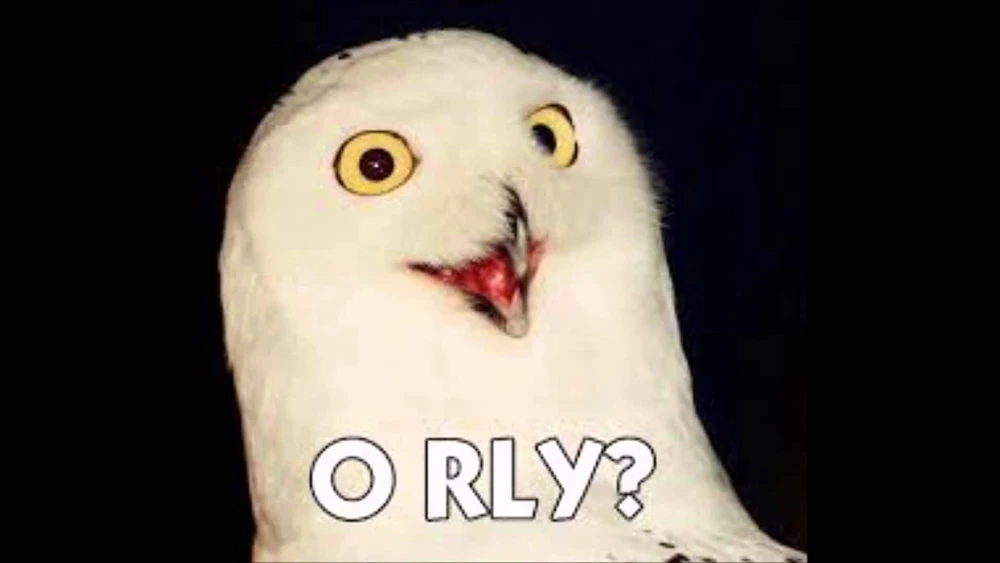
This sarcastic image of a snowy owl, captioned with the phrase “O RLY?” (short for “Oh, really?”), became an internet sensation in the early 2000s. The owl’s expression, combined with the deadpan text, made it perfect for responding to unbelievable or dubious claims online. It first appeared in online message boards, where users would post it as a reaction image to statements they found particularly ridiculous. The meme gained massive popularity on sites like 4chan and Something Awful, further solidifying its place in internet lore. Eventually, the owl was reimagined in countless other contexts, and different versions of the image emerged with varying captions and expressions. Its simplicity made it incredibly adaptable, and soon “O RLY?” became shorthand for sarcastic disbelief. Though newer memes have replaced it, the O RLY? owl remains a beloved part of early internet humor.
Badger Badger Badger (2003)
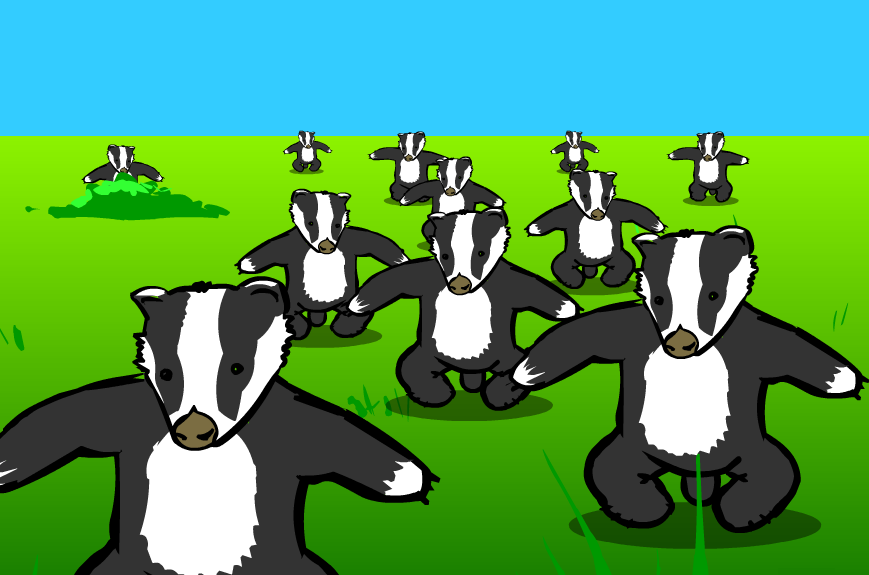
Created by British animator Jonti Picking in 2003, Badger Badger Badger is an animation featuring a repetitive song about badgers, mushrooms, and snakes. The flash animation was minimalist but addictively catchy, showing dancing badgers repeatedly, interspersed with mushrooms and a warning about snakes. This absurd combination was perfectly suited to the quirky, random humor that the internet was beginning to embrace at the time. The meme became popular on websites like Newgrounds and eBaum’s World, drawing millions of views. Its repetitive nature encouraged endless loops, further embedding it in viewers’ minds. As one of the most iconic flash animations, it symbolized the early internet’s fascination with randomness. The meme’s influence can still be seen in modern absurdist internet humor.
Leeroy Jenkins (2005)
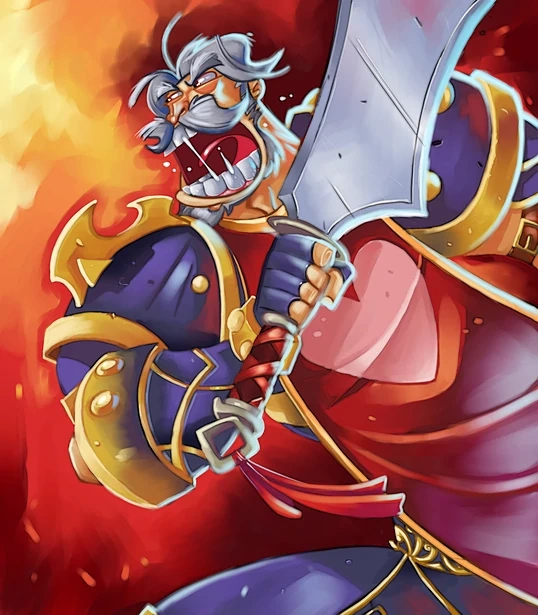
In 2005, a World of Warcraft raid video featuring a player named Leeroy Jenkins went viral for its hilarious combination of incompetence and bravado. The video shows a group of players planning a complex raid strategy, only for one player, Leeroy Jenkins, to charge in recklessly, yelling his own name as a battle cry. His careless action ruins the team’s carefully laid plans, and the resulting chaos ends in disaster. The phrase “Leeroy Jenkins!” quickly became a symbol of reckless, impulsive behavior, especially in gaming communities. The video was uploaded to WarcraftMovies and YouTube, where it became a viral hit. Even Blizzard, the game’s developer, embraced the meme, incorporating references to Leeroy Jenkins within World of Warcraft itself. The meme’s legacy endures, with “pulling a Leeroy” remaining shorthand for rash actions in video games and beyond.
Peanut Butter Jelly Time (2002)
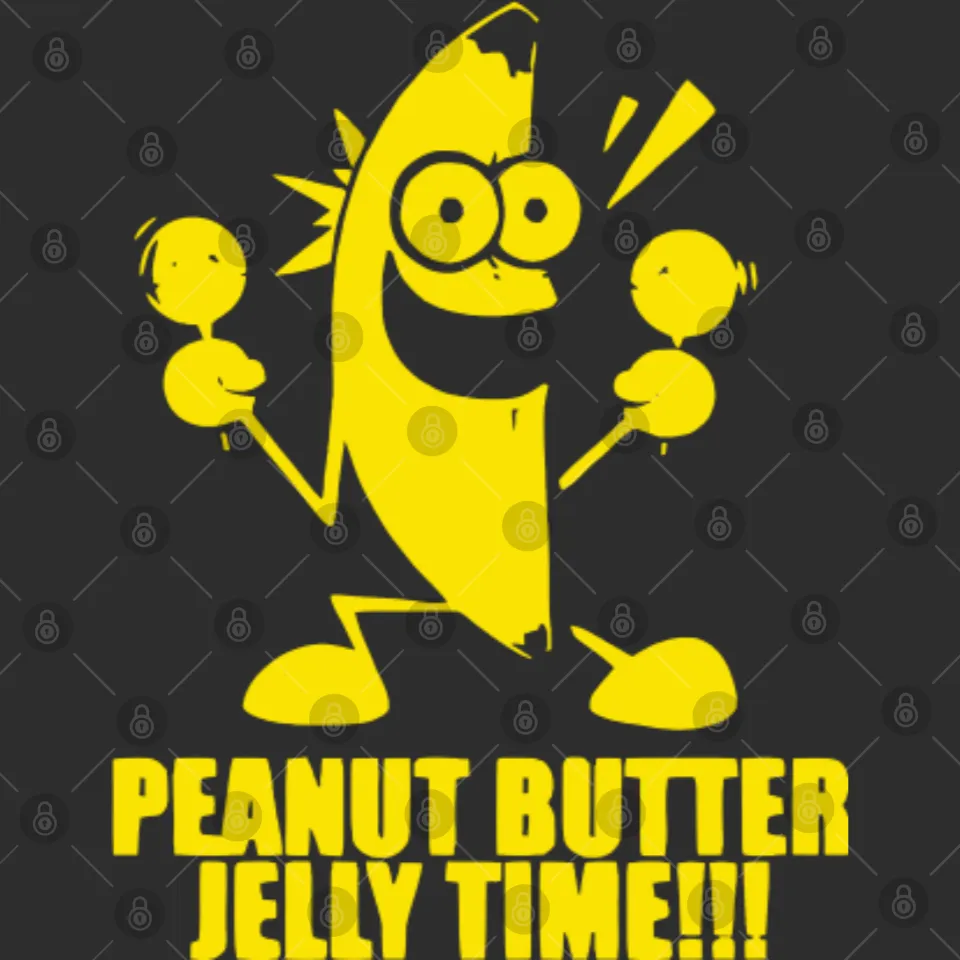
Peanut Butter Jelly Time is a flash animation that features a dancing banana singing a repetitive, catchy song about peanut butter and jelly. Created by Ryan Gancenia Etrata and Kevin Flynn in 2002, the animation was paired with a novelty song by The Buckwheat Boyz. Its infectious energy and absurdity made it a massive hit across early internet platforms. People started sharing the animation through forums and email, and it gained even more popularity when it was referenced in the TV show Family Guy. The meme was one of the early examples of internet culture blending with mainstream media. Its simplistic humor and looping nature kept people entertained long after they had first seen it. Even today, the dancing banana remains an iconic symbol of early internet meme culture.
Numa Numa (2004)

The Numa Numa meme originated from a video posted by Gary Brolsma in 2004, where he lip-syncs and dances exuberantly to the Romanian pop song “Dragostea Din Tei” by O-Zone. The video was a massive hit on Newgrounds, and soon after, it spread to other websites like YouTube. Brolsma’s enthusiasm, combined with the song’s catchy tune, captivated internet users around the world. The meme became synonymous with carefree fun and was one of the first viral videos where an ordinary person gained internet fame overnight. Brolsma’s performance became so popular that mainstream media picked up on the story, further propelling the meme into public consciousness. Even years later, the song and video are fondly remembered as a quintessential part of early internet culture. It represents the growing power of user-generated content at the time.
I Can Has Cheezburger? (2007)
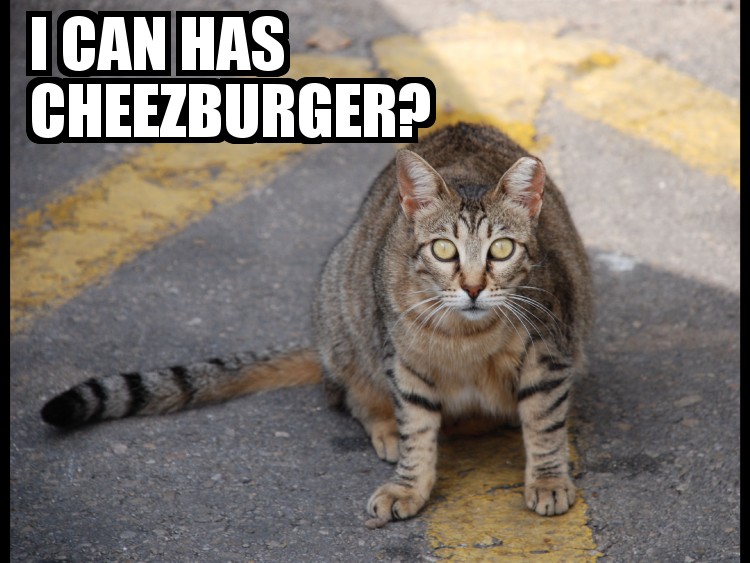
“I Can Has Cheezburger?” is a meme featuring an image of a cat with humorous, often misspelled captions in what became known as “LOLspeak.” The meme started gaining traction in 2007 when a website of the same name was launched, dedicated to sharing cat photos paired with these funny captions. The phrase “I Can Has Cheezburger?” from the first popular image quickly became a catchphrase, and soon the meme exploded in popularity, spawning the LOLcat phenomenon. This meme helped solidify the internet’s love for cats, as it allowed users to anthropomorphize their pets in humorous ways. The website became so successful that it was eventually sold for millions, proving the financial viability of internet memes. LOLcats became a huge part of internet culture, and their influence is still felt in today’s memes involving animals and funny captions. The meme also highlighted the participatory nature of internet culture.
Chuck Norris Facts (2005)
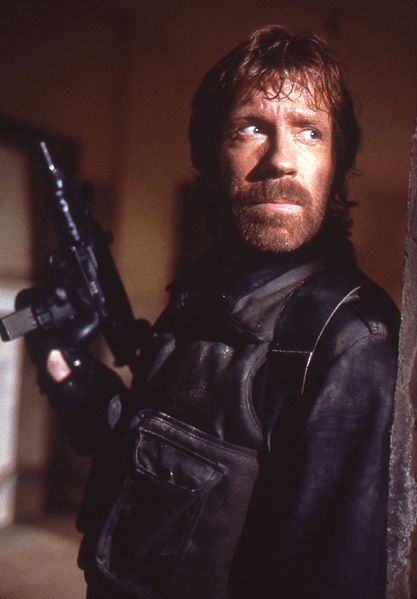
“Chuck Norris Facts” is a series of satirical, exaggerated statements about the strength, toughness, and near-godlike abilities of martial artist and actor Chuck Norris. This meme started around 2005, spreading across message boards and eventually spawning entire websites dedicated to these absurd “facts.” Statements like “Chuck Norris doesn’t do push-ups; he pushes the Earth down” became iconic examples of over-the-top humor. The meme’s appeal was rooted in its deadpan delivery of increasingly outlandish claims, with each new fact building on the last. Chuck Norris himself eventually embraced the meme, contributing to its staying power and crossover into mainstream pop culture. Though the meme’s peak popularity has passed, it remains a classic example of how internet humor can elevate public figures in unexpected ways. It also spawned similar memes about other celebrities, though none were quite as successful as the original.
Trollface (2008)
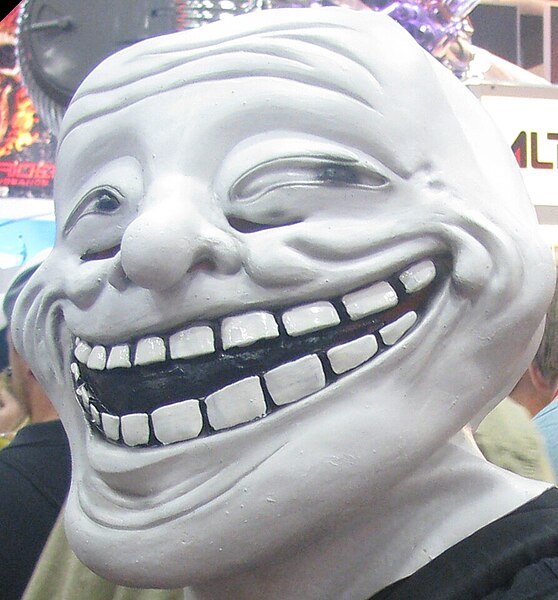
Trollface is an iconic rage comic character drawn by Carlos Ramirez in 2008. The crude drawing, with its mischievous grin, came to symbolize the art of trolling—deliberately provoking or annoying others online for fun. Trollface first appeared in a rage comic, which are simple, crudely drawn comics depicting relatable or frustrating scenarios, and quickly spread across the internet. It became a visual shorthand for trolling behavior on platforms like 4chan and Reddit, where users would post it as a response to successful trolls or pranks. The meme encapsulates the spirit of early internet humor, which often thrived on mischief and chaos. Trollface, along with other rage comic characters, eventually became one of the most widely recognized internet symbols of its time. Though its popularity has waned, it still holds a place in meme history as one of the defining faces of internet culture.
Epic Fail (2003)

“Epic Fail” emerged as a catchphrase used to denote something that has failed spectacularly, often in humorous or exaggerated fashion. Its origins can be traced back to gaming communities in the early 2000s, where players would post screenshots or videos of particularly embarrassing in-game mistakes. The term spread rapidly across forums like Something Awful and 4chan, where it became a staple in internet vocabulary. By 2006, “fail” and its more extreme variant “epic fail” had become a universal way to mock mistakes, both online and in real life. The word was often paired with images or gifs of people or characters experiencing humorous failures. This simple but effective meme format remains relevant today, as “fail compilations” and the use of “fail” in reaction images persist across social media platforms. Its evolution into mainstream slang is a testament to the internet’s influence on modern language.
Overly Attached Girlfriend (2012)

Overly Attached Girlfriend is a meme that began with a YouTube video featuring a woman (Laina Morris) singing a parody of Justin Bieber’s “Boyfriend,” with lyrics rewritten to reflect obsessive and overly clingy behavior. The video went viral in 2012, and a screenshot of her wide-eyed, smiling face became the foundation of the meme. The image was captioned with exaggerated, possessive statements, poking fun at the stereotype of a clingy girlfriend. It gained widespread popularity on Reddit, 4chan, and other social platforms, spawning thousands of variations. While the meme initially highlighted the extremes of relationship anxiety, it later evolved into a more general symbol of obsessive behavior. Despite its humorous nature, the meme also sparked conversations about gender stereotypes and internet culture’s tendency to exaggerate personality traits. Morris eventually embraced her meme fame, adding a personal touch to the character’s legacy.
Rickroll (2007)
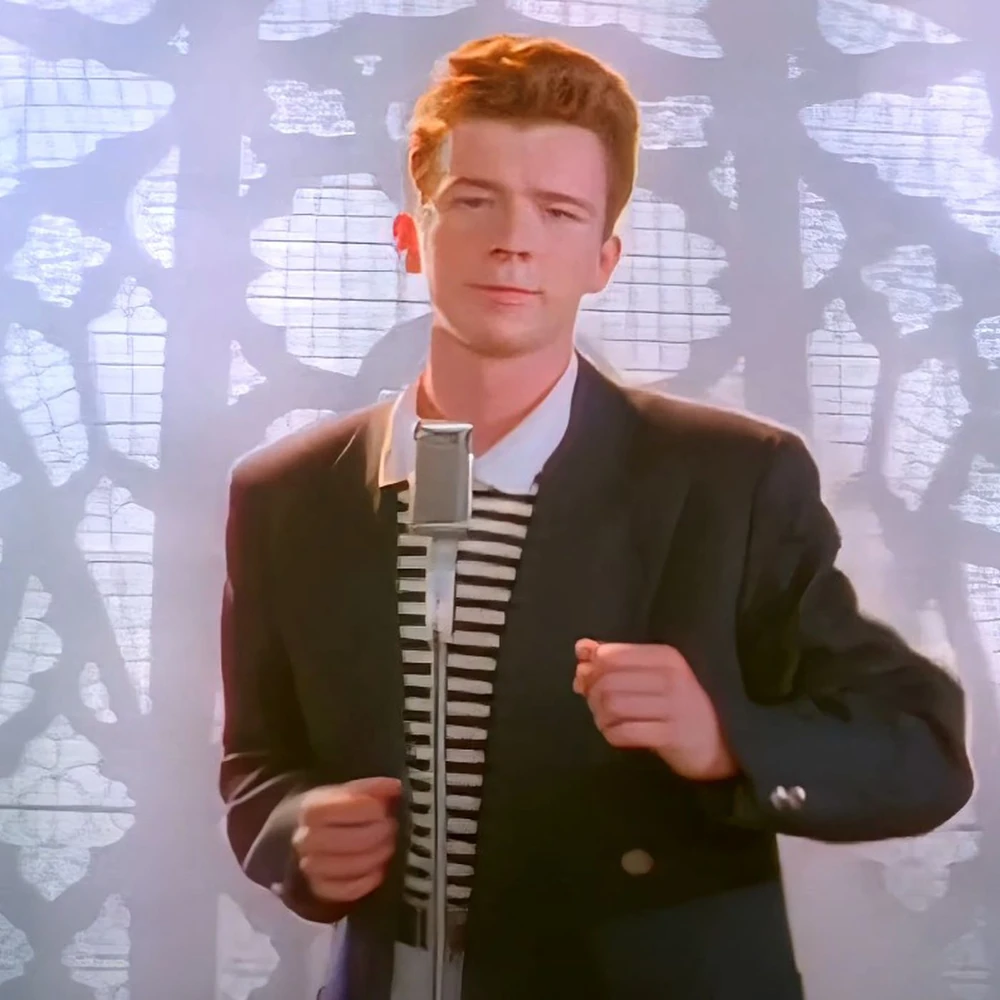
The Rickroll is a prank and meme that involves tricking someone into clicking a link that unexpectedly redirects them to the music video for Rick Astley’s 1987 hit song “Never Gonna Give You Up.” The meme started in 2007 as a bait-and-switch technique on forums like 4chan, where users would disguise the link under the guise of something intriguing or important. Once the victim clicked, they would be greeted with Astley’s upbeat, catchy tune. Despite the annoyance it caused, the prank was mostly seen as good-natured fun, and the meme quickly took on a life of its own. By 2008, Rickrolling had crossed over into mainstream culture, with news outlets and even Astley himself acknowledging the meme. The Rickroll became emblematic of internet culture’s love for playful deception, and it remains a popular prank today. Its endurance speaks to the universal appeal of harmless trolling.
Double Rainbow (2010)

The Double Rainbow meme began in 2010 when YouTuber Paul “Bear” Vasquez uploaded a video of himself reacting emotionally to a double rainbow he witnessed in the sky. His intense reaction, which included tears and exclamations of “Double rainbow all the way across the sky!” became an instant hit on YouTube, attracting millions of views. The video resonated with viewers because of its unfiltered display of wonder and awe, which many found both heartwarming and humorous. Soon after, the video was remixed into auto-tuned songs, further cementing its viral status. The meme represented the innocence and joy that can be found in simple moments, making it stand out from more cynical internet trends. While the initial wave of popularity eventually faded, the Double Rainbow meme remains a classic example of how unexpected internet fame can arise from ordinary situations.
Keyboard Cat (2007)
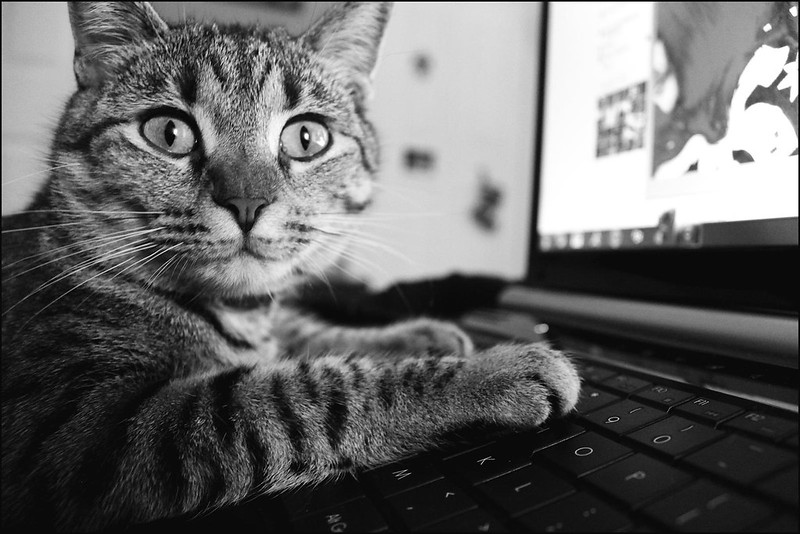
Keyboard Cat is a meme featuring a video of a cat named Fatso, edited to appear as though it’s playing a keyboard. The video, uploaded by Fatso’s owner, Charlie Schmidt, in 2007, became an instant hit due to its whimsical charm. The meme gained even more traction when people began editing the video into various fail or awkward moment compilations, with Keyboard Cat “playing them off.” The combination of the cat’s calm demeanor and the upbeat keyboard music struck a chord with internet users, and soon Keyboard Cat became one of the most beloved animal memes. The video exemplified the internet’s love for funny animals, and its success paved the way for the explosion of pet-centric memes that followed. Keyboard Cat remains a nostalgic favorite, and its influence on internet humor is undeniable.
Y U NO Guy (2010)

Y U NO Guy is a rage comic character created by artist Takashi Murakami in 2010, who illustrates an exasperated person shouting “Y U NO” followed by a frustrated question, such as “Y U NO text back?” The crude drawing style and exaggerated facial expression made it a perfect fit for reaction memes. It quickly spread across meme-sharing platforms like Memebase and Reddit, where users created endless variations of the format. The meme became a way for people to express frustration in a humorous way, and its versatility allowed it to be adapted to many different scenarios. Like many rage comic characters, Y U NO Guy became a prominent figure in the early 2010s meme culture, symbolizing the everyday annoyances people face. Its legacy endures as a part of the broader rage comic phenomenon that shaped internet humor in that era.
This article originally appeared on Rarest.org.
More From Rarest.Org
Majestic trees, some of the most iconic species on the planet, are now facing the threat of extinction. Human activities, environmental changes, and invasive species are pushing them to the brink. Read more.
When you’re in the mood for something offbeat and hilarious, lesser-known comedies can be a real treasure. These hidden gems often deliver laughter in unexpected ways. Read more.
Film memorabilia holds a special place in the hearts of collectors. Iconic items from classic movies carry a unique blend of history and nostalgia. Read more.



